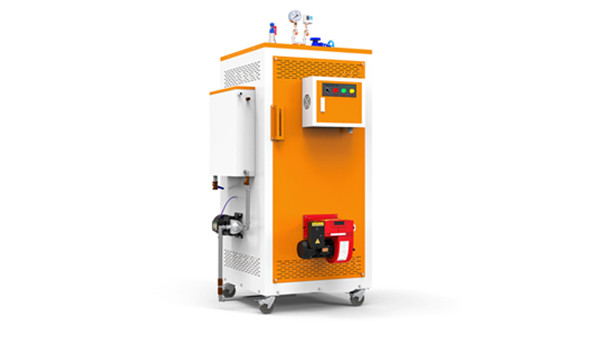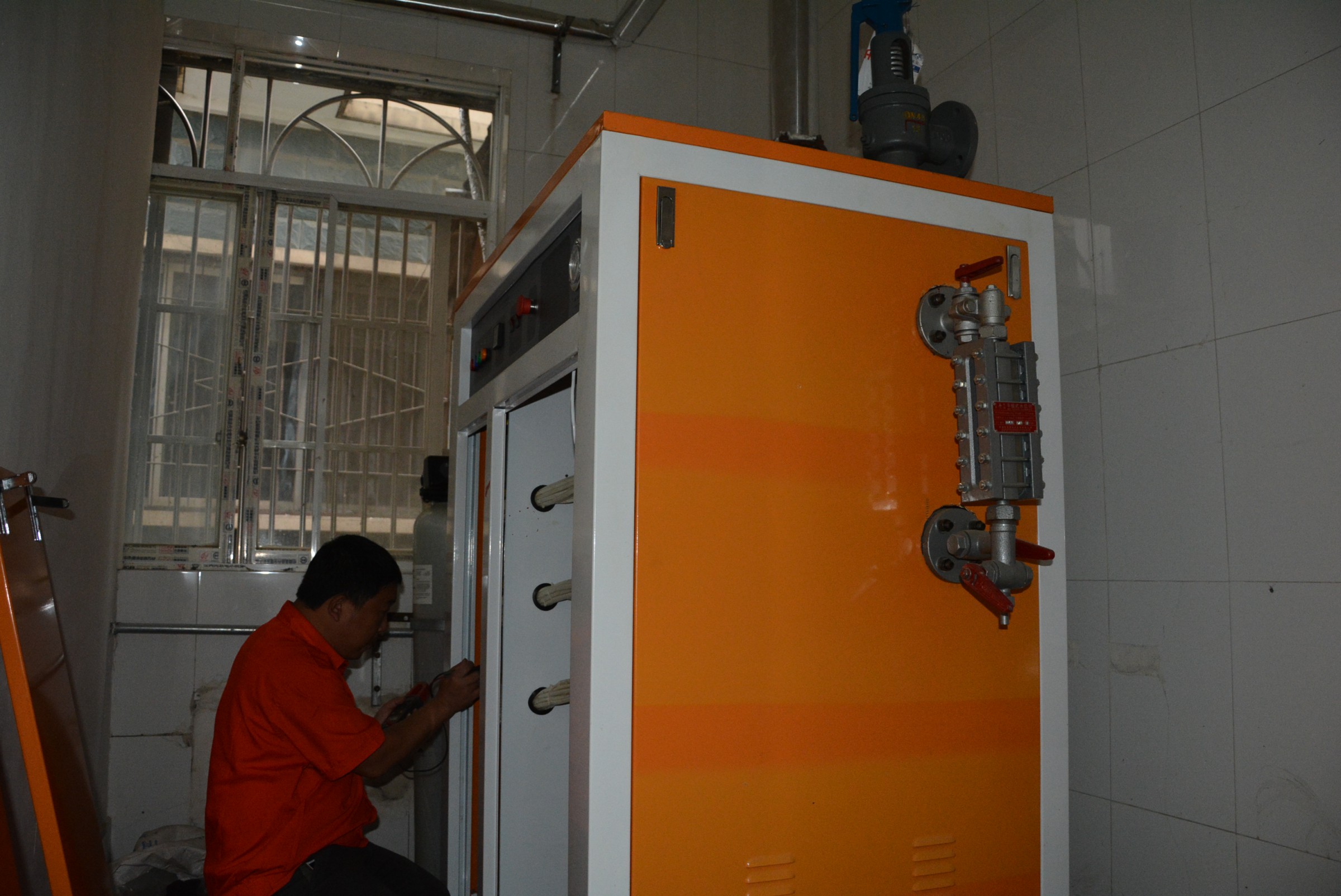The central kitchen uses a lot of steam equipment, how to correctly design the steam system will help to improve the efficiency and safety of steam equipment. Typical steam pots, steamers, heating steam boxes, steam sterilization equipment, automatic dishwashers, etc. all require steam.
Ordinary industrial steam basically meets most direct or indirect heating requirements. Compared with other heating media or fluids, steam is the cleanest, safest, sterile and efficient heating medium.
But in kitchen food processing there are also applications where steam is often injected into food or used to clean and sterilize equipment. In these applications and processes, directly heated steam must be used.
The International Food Suppliers Organization 3-A requirement for direct-heated steam is that it is free from entrained impurities, relatively free of liquid water, and suitable for direct contact with food, other edible food or product contact surfaces. 3-A proposes Implementation Guidance 609-03 on the production of culinary-grade steam to protect culinary food producers and consumers by ensuring the use of steam that is safe, clean, and of consistent quality.
During steam transportation, carbon steel pipes will be corroded due to condensation. If the corrosive products are carried into the production process, they may affect the final product. When the steam contains more than 3% condensed water, although the temperature of the steam reaches the standard, due to the obstruction of heat transfer by the condensed water distributed on the surface of the product, the temperature of the steam will gradually decrease when it passes through the condensed water film, making it reach the actual contact with the product The temperature will be lower than the design temperature requirement.
Filters remove particles that are visible in steam, but sometimes smaller particles are also required, for example where direct steam injection may cause product contamination, such as on sterilization equipment in food and pharmaceutical plants ; Unclean steam may fail to produce or produce defective products due to carrying impurities, such as sterilizers, cardboard setting machines; places where small particles need to be sprayed from steam humidifiers, such as steam humidifiers for clean environments; The water content in the steam, guaranteed to be dry and saturated, in “clean” steam applications, a filter with only a strainer is not suitable and does not meet the standards for kitchen cooking use.
The existence of non-condensable gases such as air will have an additional impact on the temperature of the steam. The air in the steam system has not been removed or not completely removed. On the one hand, because air is a poor conductor of heat, the existence of air will form a cold spot, making the adhesion The product of air does not reach the design temperature. Steam superheat is an important factor affecting steam sterilization, which is often overlooked.
Through condensate purity detection, the purity, salt star (TDS) and pathogen detection of ordinary industrial steam condensate are the basic parameters of clean steam.
Kitchen cooking steam includes at least the purity of the feed water, the dryness of the steam itself (condensed water content), the content of non-condensable gases, the degree of superheat, the appropriate steam pressure and temperature, and sufficient flow.
Clean kitchen cooking steam is produced by heating purified water with a heat source. The purified water indirectly heated by industrial steam is heated by a stainless steel plate heat exchanger, and after the steam-water separation is realized in the steam-water separation tank, the clean dry steam is output from the upper outlet and enters the steam-consuming equipment, and the water is retained in the steam-water separation tank for circulation heating. Pure water that has not evaporated completely will be detected and discharged in time.
Clean kitchen cooking steam will receive more and more attention and attention in the environment of food processing safety. For applications that directly contact food, ingredients or equipment, the use of watt energy-saving clean steam generators can truly achieve safety and sanitation production requirements.
Post time: Sep-06-2023






